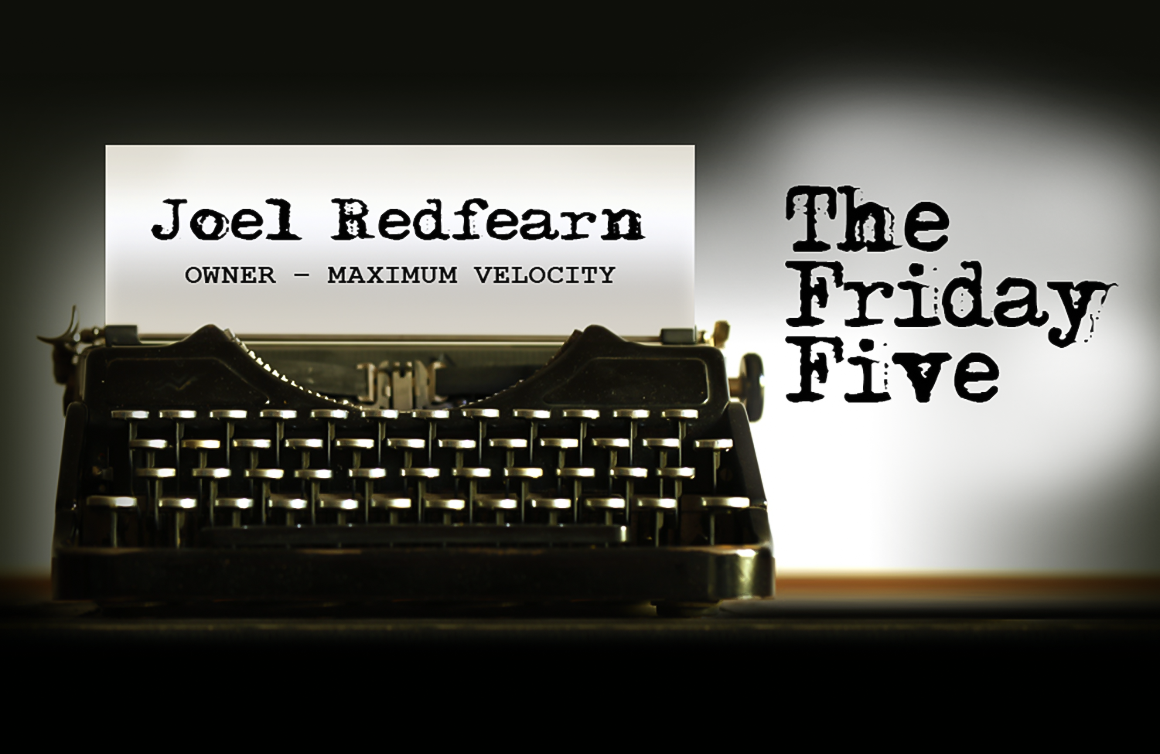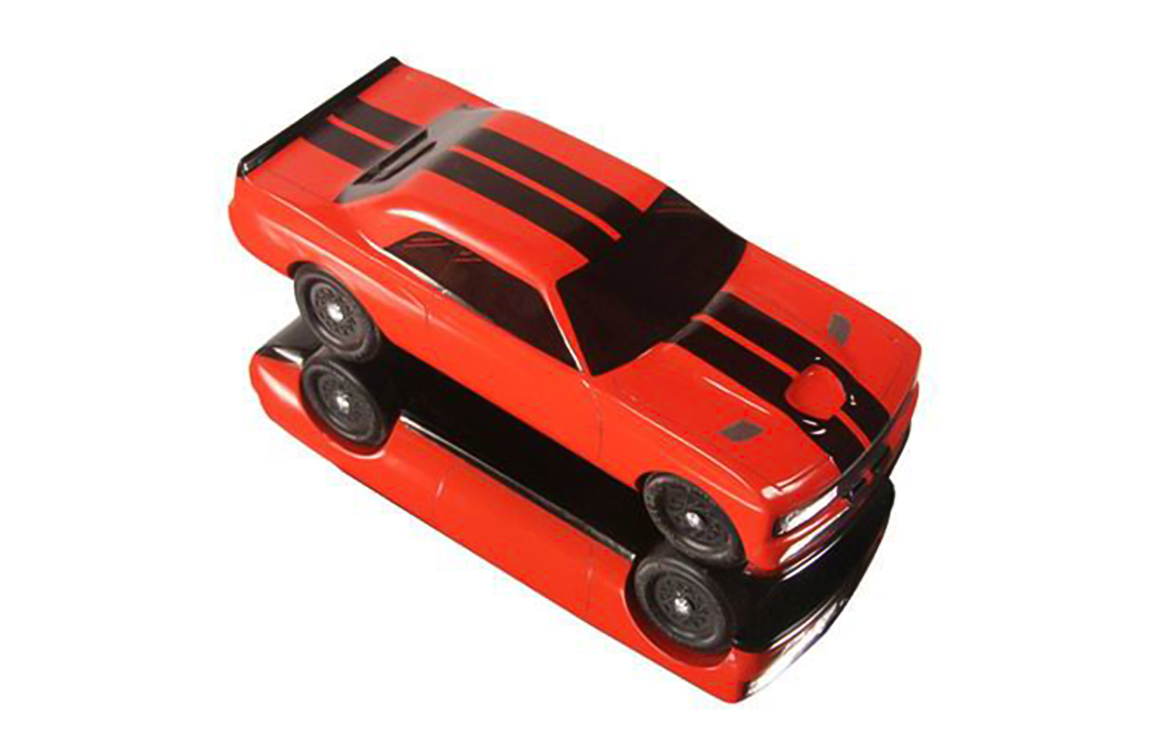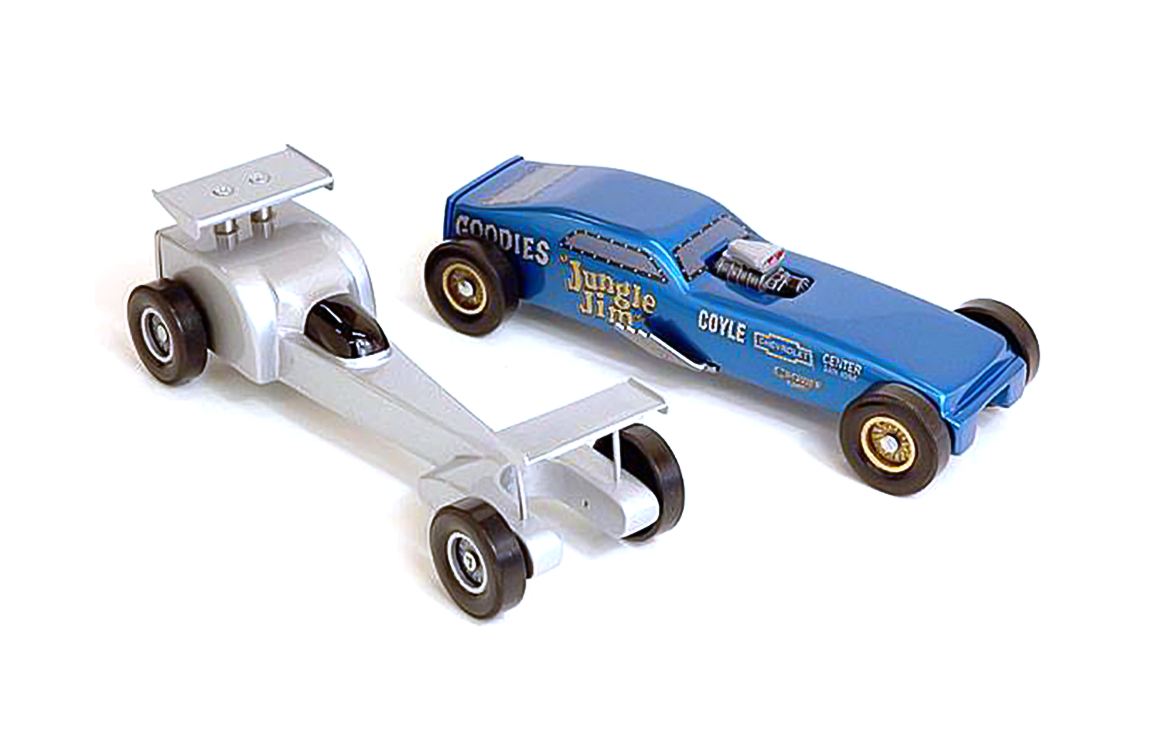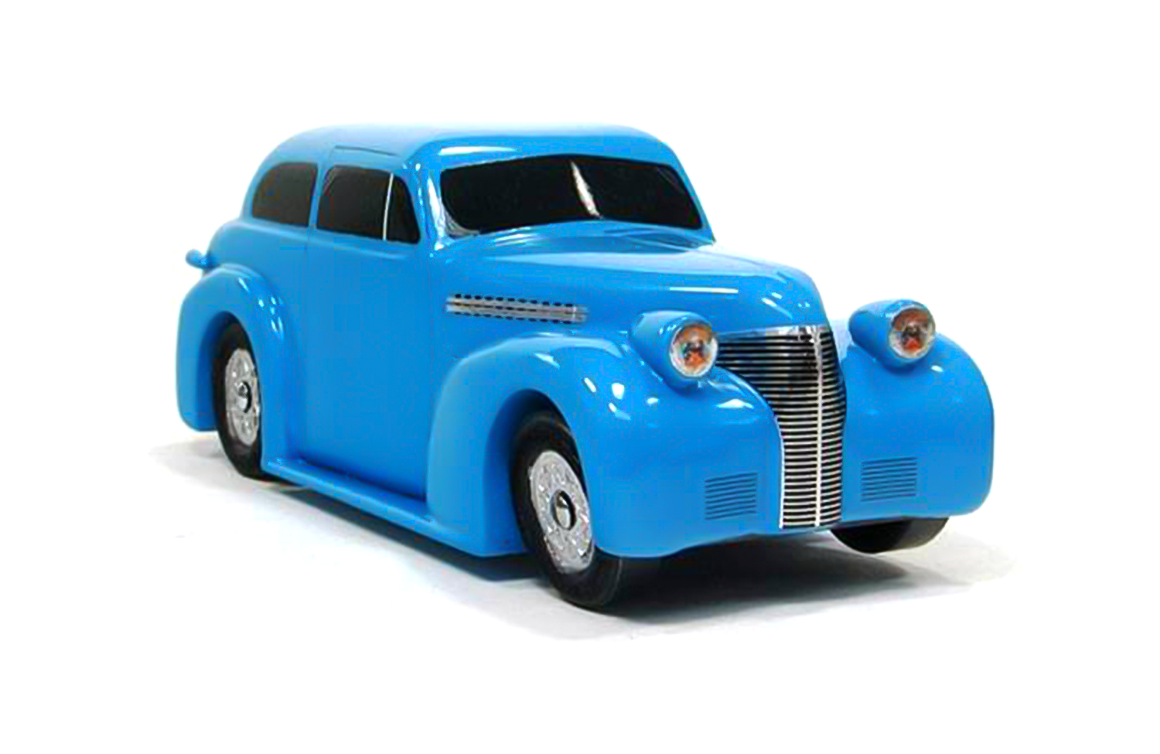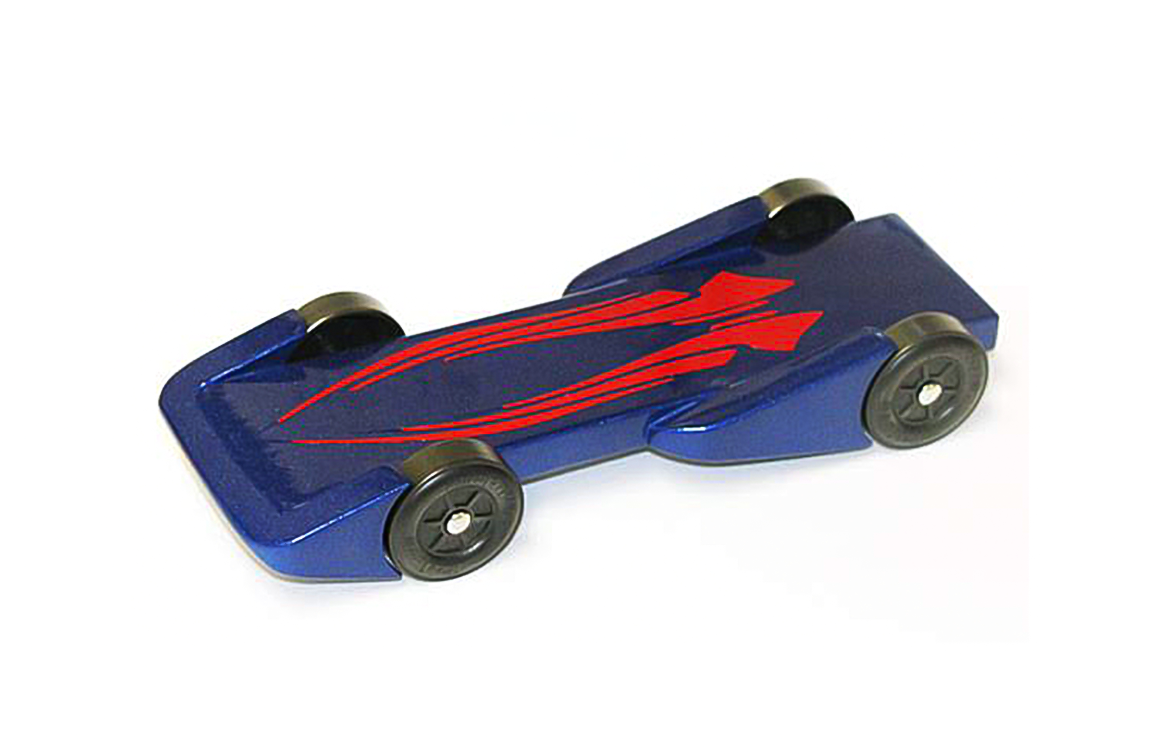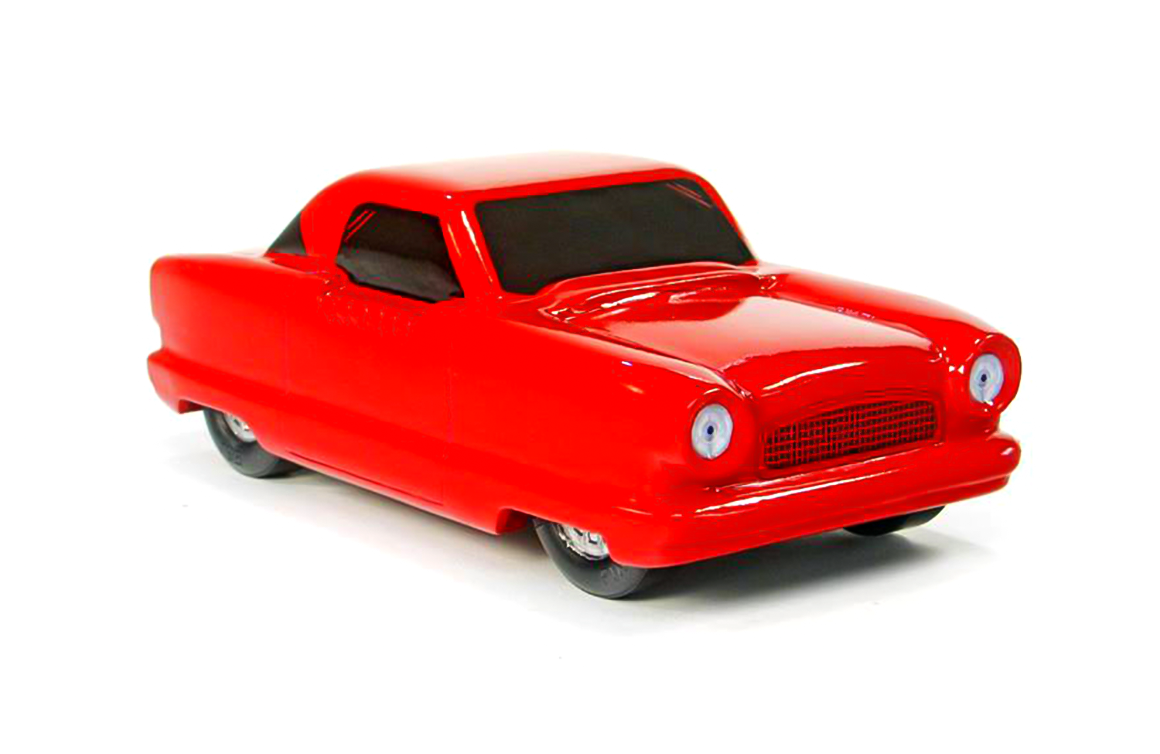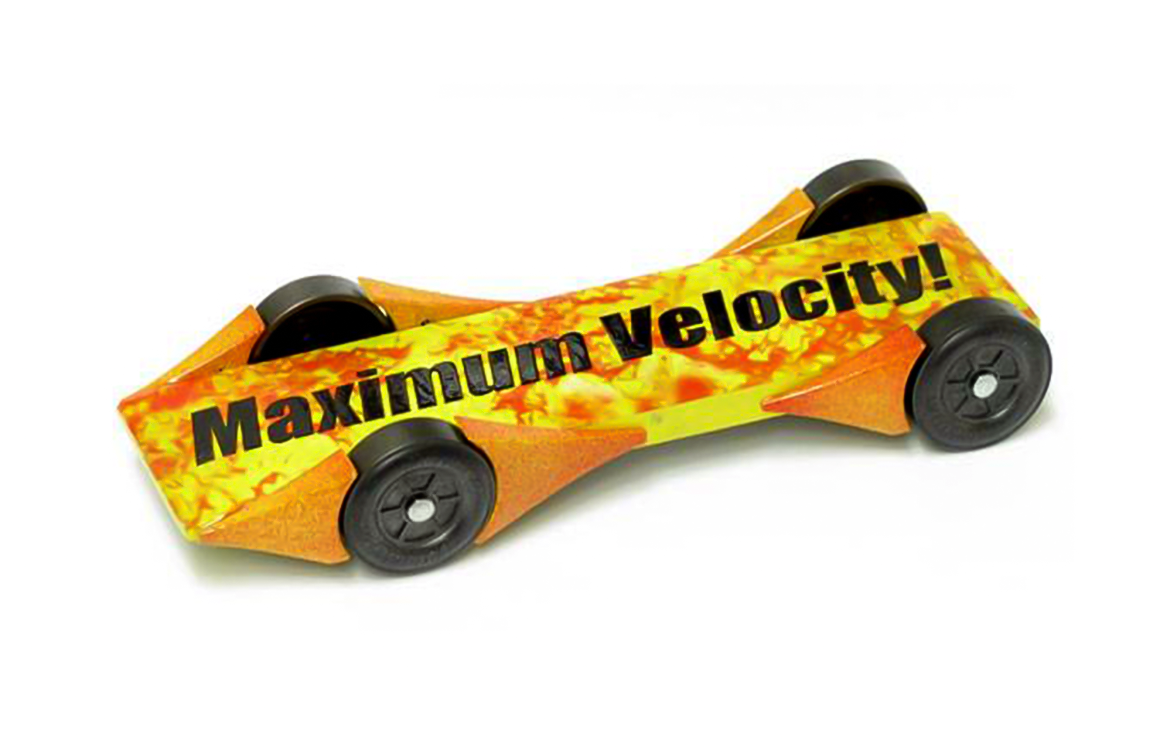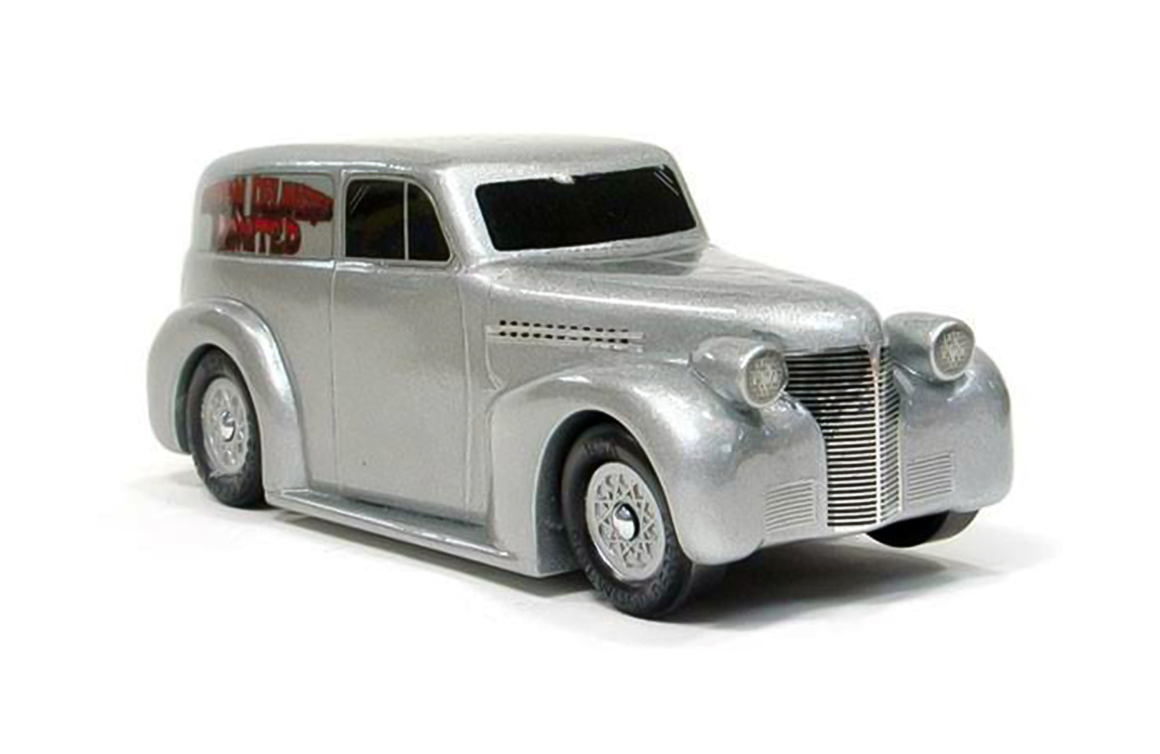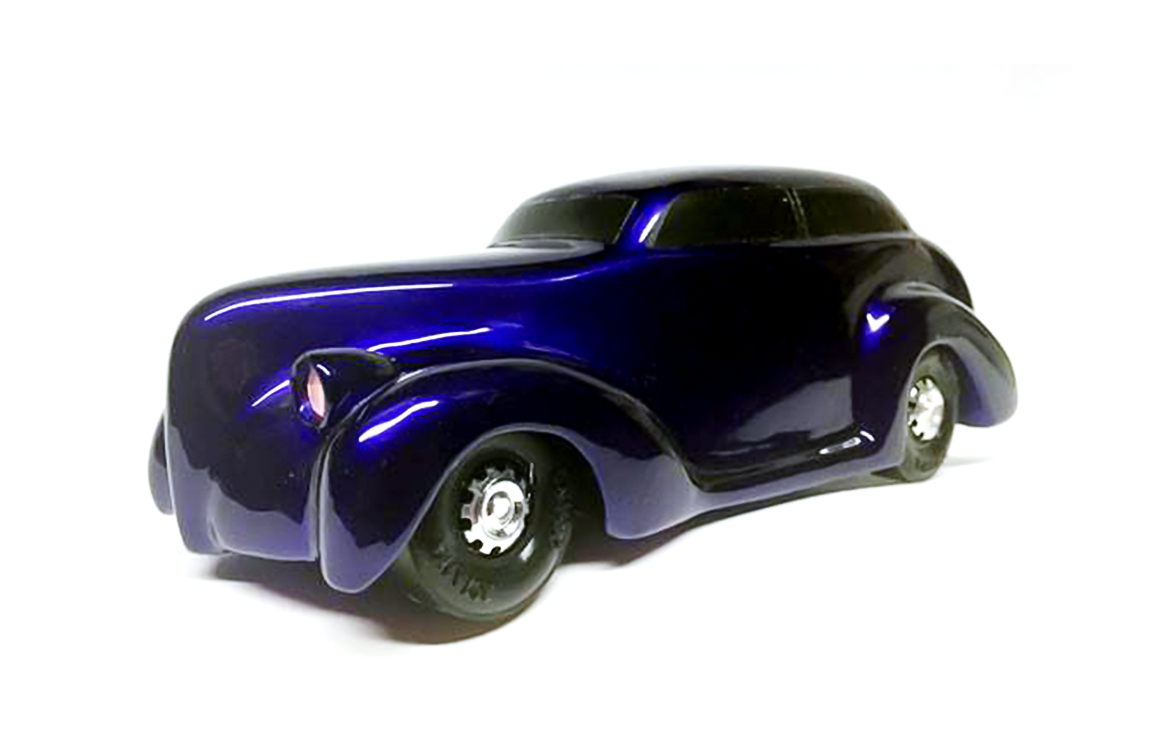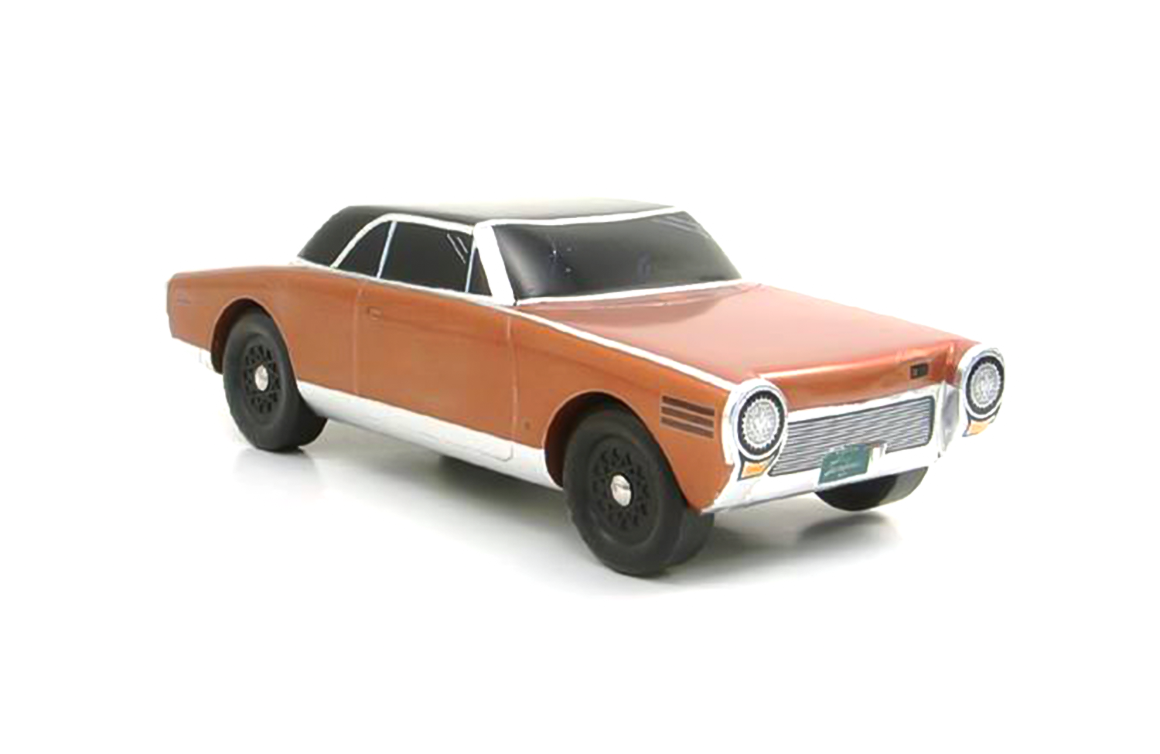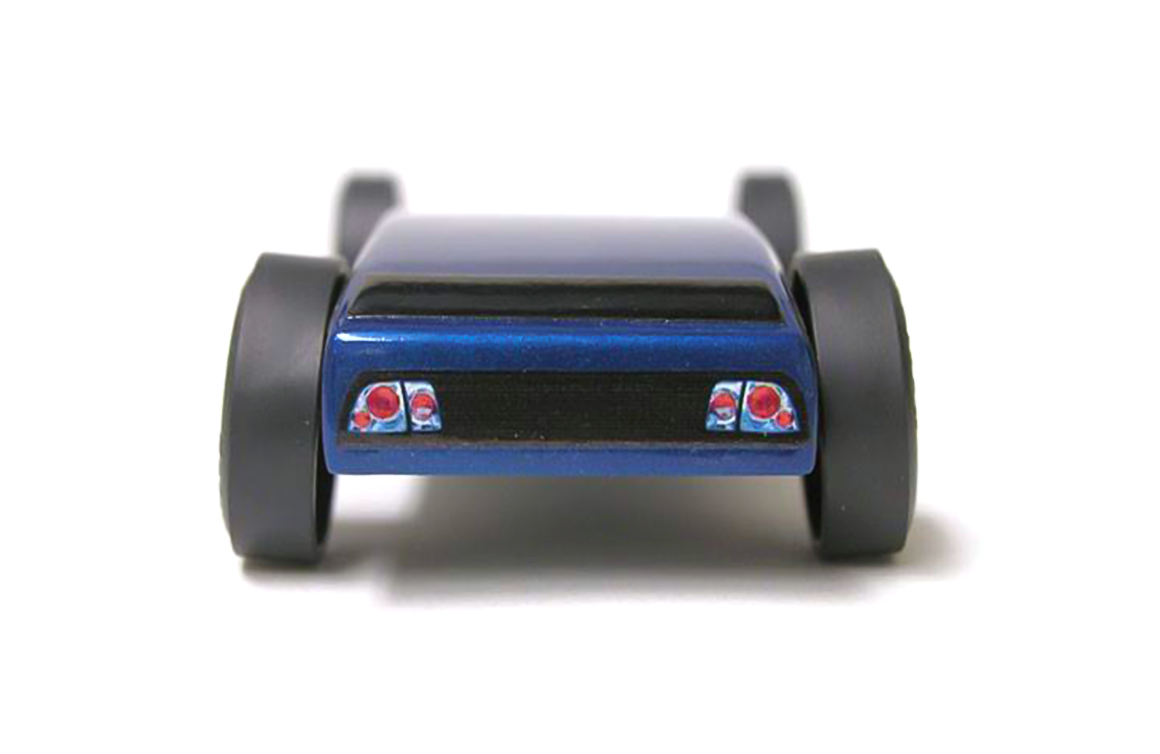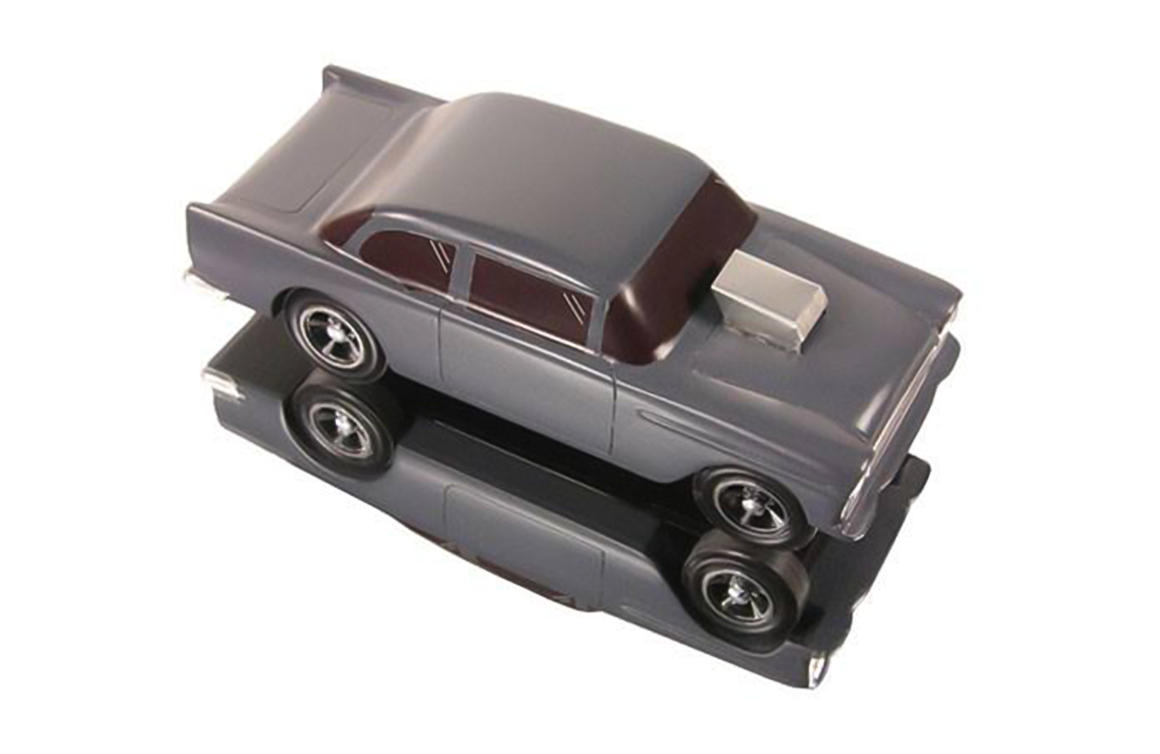Tell us about your involvement with the Pinewood Derby racing scene.
It all got started around 2009, when my oldest son turned eight. We got a kit from his Cub Scout den. We live in an area where there are lots of construction workers and people who know how to work with wood. We didn’t want to make a mockery of ourselves, so we spent a lot of time cutting, sanding, and staining our car. It was beautiful and did well in the race. The next year, my second son got into it. We were a bit bummed that we spent two months on our cars and it was all over after the 30-minute event, so we looked for leagues in our area and beyond the local level. We found a couple of leagues about 350 miles away and traveled there for an event, where we took 41st place out of 43 cars. We realized we had a lot more to learn!
At that point, we dove much deeper into the hobby — into the art and technique of making super-fast cars and how different application techniques and products affect results. After about two years on the league circuit, we began to have some success. Now, we own the National League. We built our new home with Pinewood Derby racing leagues in mind, with a dedicated space under the garage. It’s about 60ft x 25ft. We also set up a permanent track that never has to be disassembled. Anytime a track is set up and taken down, it doesn’t perform as it did previously. We time races to ten-thousandths of a second; the track matters, as does consistency in room temperature. We’re kind of anal about these details and don’t want the track or environment to be a variable when racing.

How are the race cars created?
The Scouts sell a kit in a box that contains a block of wood, tires, and axles. The kits are meant to be used by a child with an adult. It’s a blank canvas; the block can be modified through cutting and sanding. Pinewood Derby cars can have a maximum weight of 5oz. Racers can customize their cars to add and remove weight where desired by removing some of the wood to adjust performance. Through my involvement in racing, I acquired a high-end parts business called Derby Evolution. Then last year, a large Scout business called Maximum Velocity became available and my wife, family, and I decided to take over that business. We have our own Pinewood Derby kits and sell all over the world to many different groups, like Girl Scouts and church groups.

What attracts people to Pinewood Derby racing?
I think people like to create things. There are many engineers in the leagues who like to adapt the principles of engineering to their cars. I used to be a Toyota mechanic, so I loved figuring out why things were broken and how to fix them or make them better. In Pinewood Derby, I can create something myself, see how it performs, and make improvements. With my own track, I can test out all the variables to see what works. It’s the chase of figuring out the best combinations. Some people thrive on competition — for some, it’s all about winning. League racing is as competitive as it gets.

How has the racing scene evolved in recent years?
As with any type of competitive event, somebody is always working to make it better. I think the big thing that has changed is the product; people who want to win started to look at engineering to improve car performance. For me, I didn’t want to buy someone else’s product, so I taught myself how to use a lathe, band saws, and belt sanders to make my cars better. Not everyone has the time, money, or interest in doing this. On the Maximum Velocity website, we offer pre-shaped bodies for those in the hobby who want a performance car with great looks but don’t want to do the woodworking themselves. We don’t sell fully-built cars; people can still enjoy putting the parts together and making it their own.

Where can people interested in Pinewood Derby look for more information about how to get involved?
Youth leagues can be found with Cub Scouts, Girl Guides, church groups, the YMCA-YWCA, and other community organizations.
Adult leagues and upcoming events can be found on the National Pinewood Derby Racing League website. Check the message board to get more information, connect with other racers, and ask questions. People are usually kind-hearted and willing to help. They want to get more people into racing…but they still want to win. I always want my cars to perform well, but if I can’t win, I still get a lot of joy helping other racers do their best and seeing them win. You don’t have to win to have a good time with Pinewood Derby racing.

Check out Pinewood Derby kits and accessories at Derby Evolution and Maximum Velocity.


